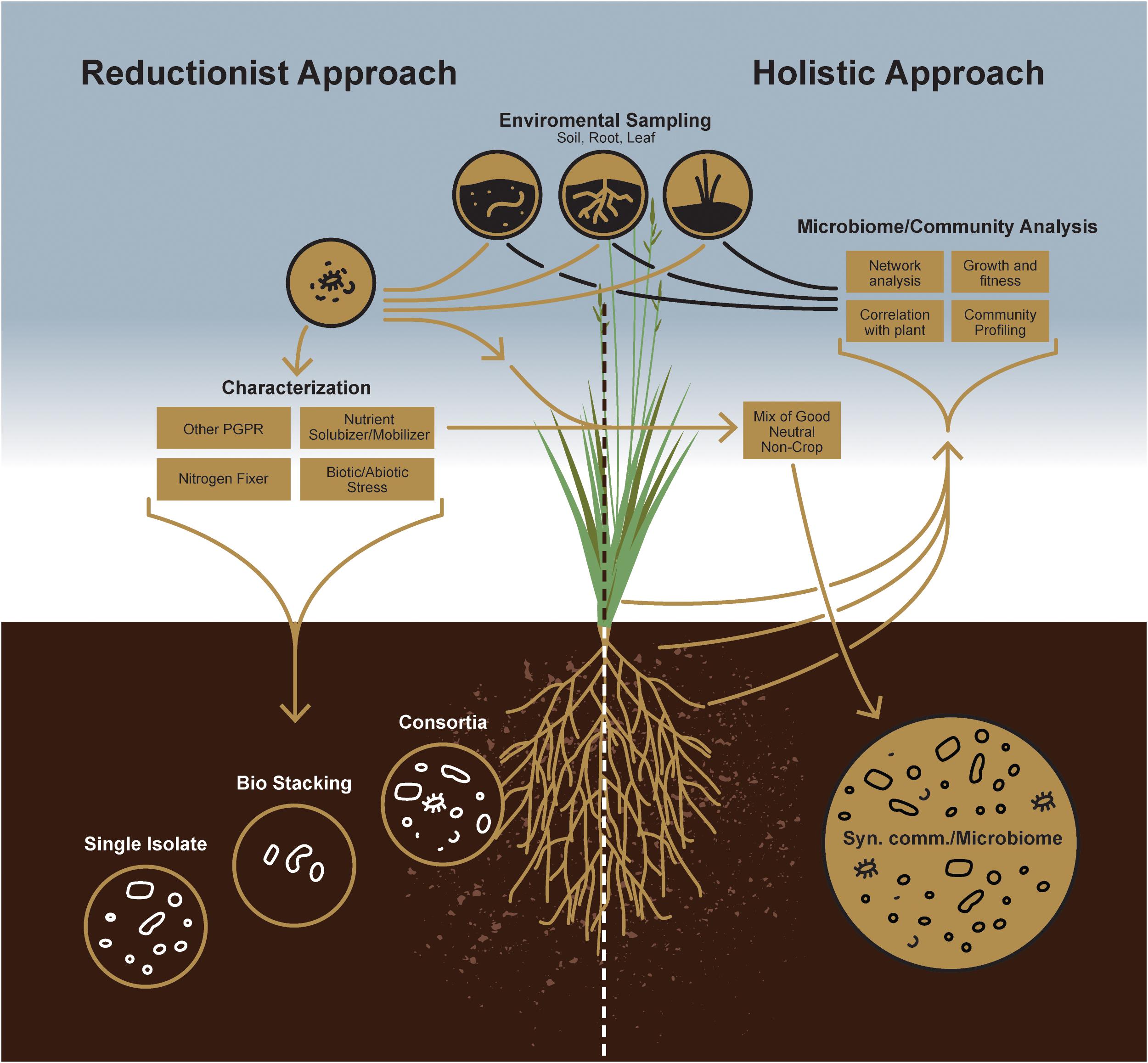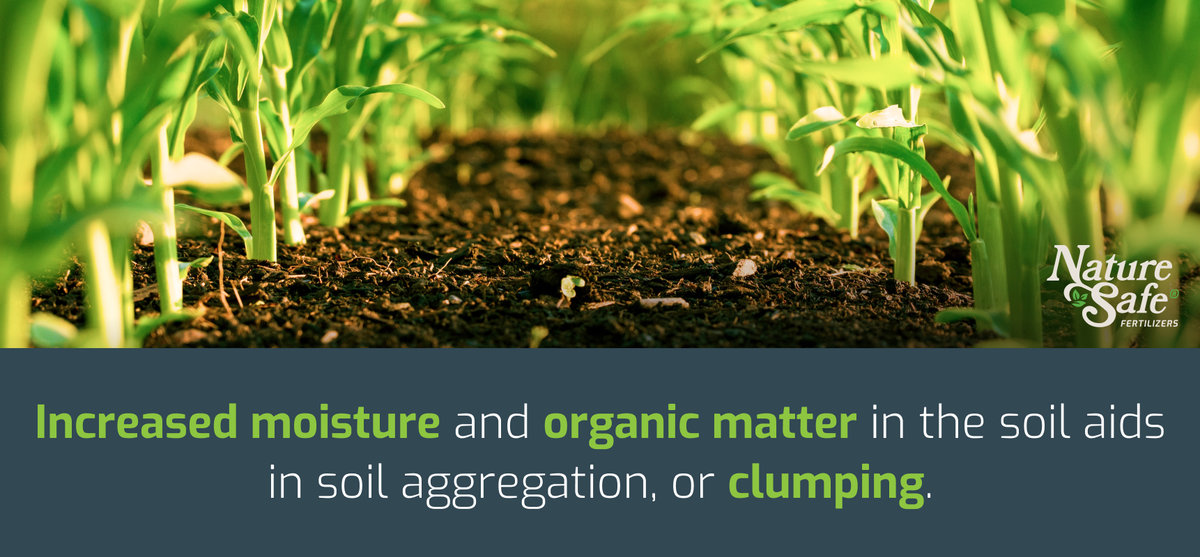Unlocking the Secrets of Fertile Soil
Humus-rich soil is the backbone of a thriving ecosystem, providing a foundation for plant growth, improving soil structure, and promoting ecosystem health. This type of soil is particularly valuable due to its exceptional fertility, water-holding capacity, and ability to support a diverse range of microorganisms. When we ask ourselves “what is humus rich soil,” we’re really asking about the key to unlocking a garden or farm’s full potential. By understanding the importance of humus-rich soil, we can take the first step towards creating a more sustainable and productive agricultural system.
What is Humus, Anyway?
Humus, a critical component of humus-rich soil, is a complex mixture of decomposed organic matter, including plant residues, microorganisms, and other biological materials. It plays a vital role in soil formation, acting as a binding agent that holds soil particles together, improves soil structure, and increases its water-holding capacity. Unlike peat, which is primarily composed of partially decayed plant matter, and compost, which is a more uniform mixture of decomposed organic materials, humus is a dynamic, living entity that supports a vast array of microorganisms. These microorganisms, in turn, break down organic matter, recycle nutrients, and produce compounds that promote plant growth and soil health. Understanding the composition, benefits, and unique characteristics of humus is essential for creating and maintaining humus-rich soil, which is why it’s essential to know what is humus rich soil and its importance in agriculture.
How to Create Humus-Rich Soil for Your Garden
Creating humus-rich soil requires a thoughtful and intentional approach to soil management. One of the most effective ways to start building humus-rich soil is by adding organic matter, such as compost, leaf litter, or well-rotted manure. These materials provide a food source for microorganisms, which break them down and convert them into humus. Another strategy is to use cover crops, which help to increase the amount of organic matter in the soil, reduce erosion, and provide a habitat for beneficial microorganisms. Minimizing tillage is also crucial, as it helps to preserve the soil’s structure and prevent the destruction of humus. By adopting these practices, gardeners and farmers can create a thriving ecosystem that supports plant growth, improves soil health, and promotes ecosystem resilience. When it comes to understanding what is humus rich soil, it’s essential to recognize the importance of these techniques in creating a fertile and life-giving soil.
The Magic of Microorganisms: How Humus Supports Soil Life
Humus-rich soil is teeming with life, providing a habitat for a vast array of microorganisms, including bacteria, fungi, and protozoa. These microorganisms play a crucial role in breaking down organic matter, recycling nutrients, and producing compounds that promote plant growth and soil health. In humus-rich soil, microorganisms thrive, forming complex networks and relationships that support the entire ecosystem. For example, mycorrhizal fungi form symbiotic relationships with plant roots, providing essential nutrients in exchange for carbohydrates. Similarly, bacteria and protozoa work together to decompose organic matter, releasing nutrients that support plant growth. By understanding the intricate relationships between microorganisms and humus, gardeners and farmers can create an optimal environment for soil life to flourish, ultimately leading to healthier plants, improved soil structure, and a more resilient ecosystem. When it comes to understanding what is humus rich soil, recognizing the importance of microorganisms is essential for unlocking its full potential.
Humus-Rich Soil: The Key to Water Conservation and Climate Resilience
Humus-rich soil plays a critical role in water conservation, drought tolerance, and climate change mitigation. Its unique properties allow it to retain water like a sponge, reducing the need for frequent irrigation and minimizing soil evaporation. This not only saves water but also reduces the energy required to pump and treat water. Moreover, humus-rich soil’s ability to sequester carbon from the atmosphere helps to mitigate climate change by reducing greenhouse gas emissions. In fact, studies have shown that humus-rich soil can store up to 3 times more carbon than the atmosphere and vegetation combined. By adopting practices that promote humus-rich soil, such as adding organic matter and minimizing tillage, gardeners and farmers can contribute to a more sustainable and resilient food system. Understanding what is humus rich soil and its role in water conservation and climate resilience is essential for developing effective strategies to address these pressing environmental issues.
Comparing Humus-Rich Soil to Other Soil Types
While humus-rich soil is unique in its composition and benefits, it’s essential to understand how it compares to other soil types. Clay, silt, and sand are three common soil types that differ significantly from humus-rich soil. Clay soil, for instance, is dense and prone to waterlogging, making it challenging for roots to grow. Silt soil, on the other hand, is fertile but lacks the water-holding capacity of humus-rich soil. Sand soil, with its large particle size, drains quickly but may lack essential nutrients. In contrast, humus-rich soil is characterized by its high organic matter content, excellent water-holding capacity, and ability to support a diverse range of microorganisms. Understanding the strengths and weaknesses of each soil type is crucial for selecting the most suitable soil for specific crops, climates, and ecosystems. By recognizing the unique benefits of humus-rich soil, gardeners and farmers can make informed decisions about how to create and maintain optimal soil conditions. When it comes to understanding what is humus rich soil, comparing it to other soil types can provide valuable insights into its advantages and limitations.
Real-World Examples of Humus-Rich Soil in Action
Humus-rich soil is not just a theoretical concept; it has been successfully implemented in various agricultural and gardening projects around the world. For instance, the Rodale Institute in Pennsylvania has demonstrated the effectiveness of humus-rich soil in improving crop yields and reducing environmental impact. By adopting regenerative agriculture practices, such as no-till farming and cover cropping, the institute has increased its soil organic matter content, reduced soil erosion, and sequestered significant amounts of carbon. Similarly, the permaculture movement has popularized the use of humus-rich soil in designing sustainable and resilient ecosystems. By understanding what is humus rich soil and its benefits, gardeners and farmers can replicate these successes and create thriving ecosystems. Another example is the work of the Soil Conservation Council of Canada, which has developed guidelines for creating humus-rich soil through the use of conservation tillage and cover crops. These real-world examples demonstrate the potential of humus-rich soil to transform agricultural practices, promote ecosystem health, and support environmental sustainability.
Maintaining Humus-Rich Soil: Tips for Long-Term Success
To ensure the long-term health and fertility of humus-rich soil, it’s essential to adopt a proactive maintenance strategy. Regularly monitoring soil health through tests and observations can help identify potential issues before they become major problems. Managing pests and diseases through integrated pest management techniques, such as crop rotation and biological control, can also help maintain soil balance. Adapting to changing environmental conditions, such as shifts in temperature and precipitation patterns, requires a flexible approach to soil management. This may involve adjusting irrigation schedules, modifying crop selection, or incorporating climate-resilient practices like agroforestry. By understanding what is humus rich soil and its benefits, gardeners and farmers can develop effective maintenance strategies that promote soil resilience and sustainability. Additionally, incorporating cover crops and green manures into crop rotations can help maintain soil organic matter levels and support beneficial microorganisms. By adopting these tips and techniques, it’s possible to create a thriving humus-rich soil ecosystem that supports plant growth, ecosystem health, and environmental sustainability over the long term.
:max_bytes(150000):strip_icc()/GettyImages-599474136-0260144a51c04155afe861cd0a178cef.jpg)




